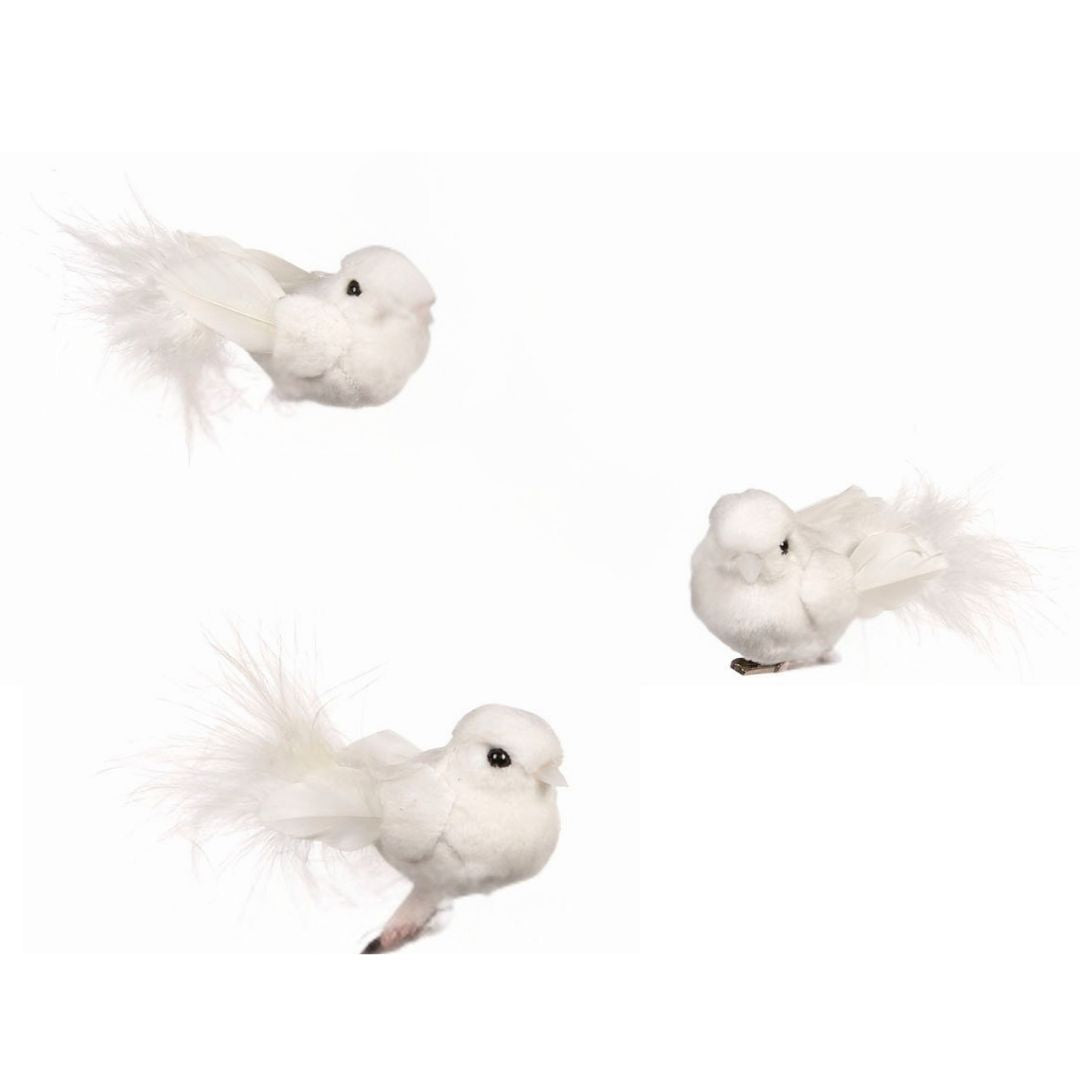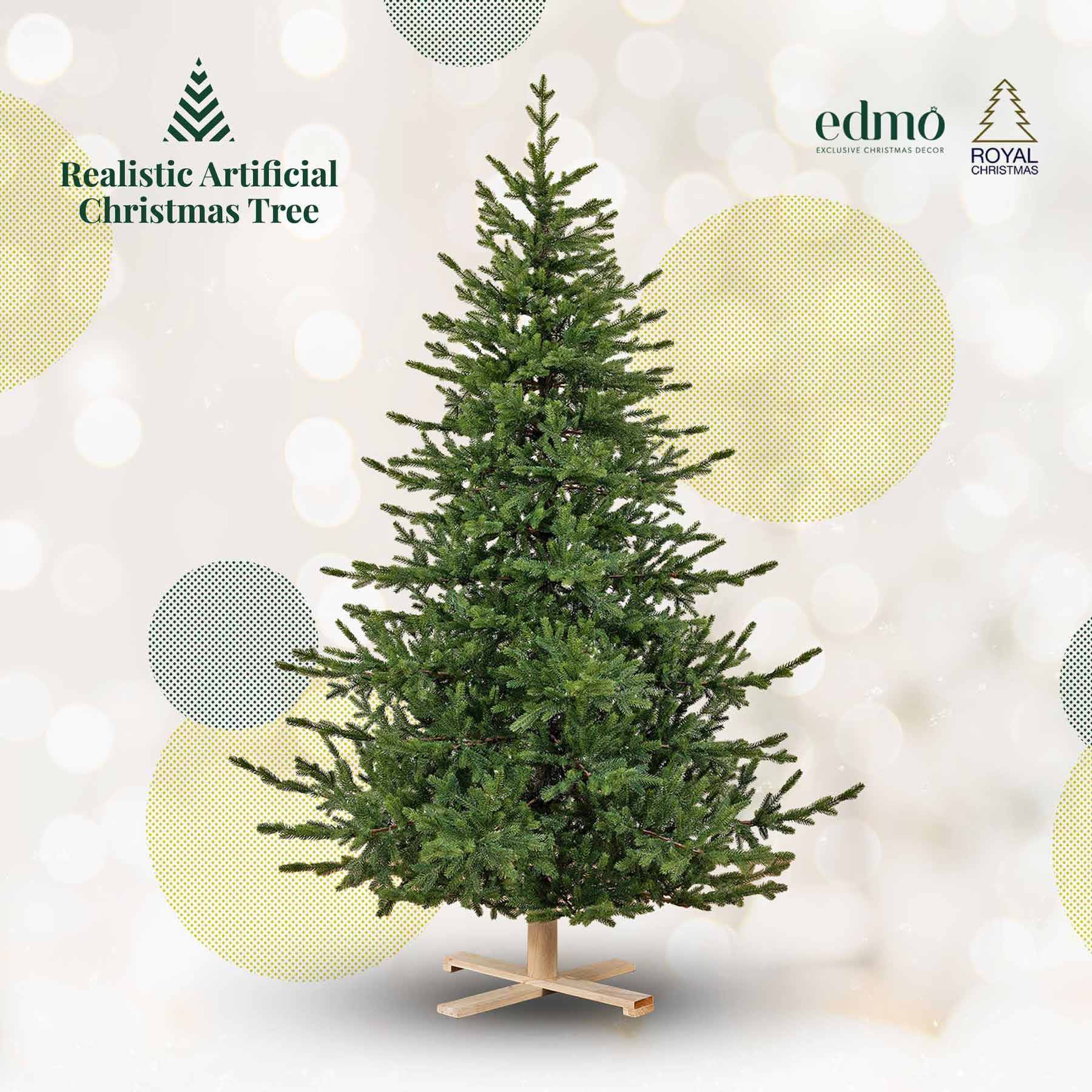White vs Colored Christmas Lights: The Great Holiday Lighting Debate
During the holiday season, few matters divide families quite like choosing lights for decorating the Christmas tree and home. This seemingly simple dispute actually reveals deep connections with traditions, personal aesthetics, and even decorating philosophy. In the world of Christmas decorations, the choice between white and colored lights has become almost an indicator of personality and style.

The Origins of Christmas Lights
The tradition of illuminating Christmas trees has deep roots in European history. Before electricity, small candles were attached to pine branches, creating a magical but dangerous atmosphere. This practice, which began in 17th century Germany, symbolized the stars in the night sky and brought light to the year's darkest period.
With the invention of electric lights at the end of the 19th century, decorative possibilities expanded enormously. The first electric Christmas lights appeared in the United States around 1880 but were available only in a single color. Only in subsequent decades did multicolored versions emerge, capturing the popular imagination.
The Nostalgic Appeal of Colored Lights
Colored lights evoke a sense of childlike joy and nostalgia that many associate with the "true spirit of Christmas." Proponents of this option often cite childhood memories of trees sparkling with red, green, blue, and yellow, transforming the living room into a magical kaleidoscope of colors.
These multicolored lights can undoubtedly create a playful atmosphere typical of "old-style" Christmas celebrations. They particularly complement an eclectic or vintage aesthetic, pairing beautifully with colored glass ornaments in various vintage shapes and styles.
Colored lights are especially appreciated in homes with children, where their kaleidoscopic effect can seem almost magical. Moreover, they pair wonderfully with artisanal glass decorations that play with reflections and color gradients.
The Minimalist Elegance of White Lights
On the other hand, white lights have earned a place of honor in contemporary Christmas decorations. Available in shades ranging from warm to cool white, these lights offer a more sophisticated and refined aesthetic that perfectly adapts to modern decorative styles.
White lights (warm or cool) have the versatility to match any color scheme, creating a neutral base for whatever style is chosen to decorate the Christmas tree. Their clean and elegant appearance evokes a winter atmosphere, reminiscent of snow and ice with cool white versions, or creating a more intimate and romantic environment with warm white options.
White lights tend to highlight the decorations themselves, functioning as a neutral canvas on which ornaments, especially artisanal glass pieces, can truly shine. This makes them an excellent choice for those who own precious pieces that deserve to be showcased.
Regional and Cultural Trends
Incredibly, there are distinct "geographies" of lighting preferences. In some European regions, especially Nordic countries, white lights predominate, perhaps reflecting the snowy landscape and minimalist tradition of Scandinavian design.
In other areas, particularly in Southern Europe and many parts of the United States, multicolored lights continue to enjoy great popularity, creating vibrant contrasts with winter nights.
Environmental Impact and the LED Factor
An increasingly important aspect in choosing Christmas lights is their energy efficiency. Thanks to the reduced size of LEDs, they are being used more and more extensively. It's not uncommon to see trees with 5,000 or 6,000 LEDs, not to mention home exterior lighting. Considering these quantities and hours of operation, it's important to consider power consumption and energy efficiency.

One of the latest innovations is the possibility of digital control over effects, timing intervals, or even control of each individual LED's color, giving us infinite possibilities to create combinations and adaptations with our Christmas decorations.
The Diplomatic Solution: Combining Styles
Many interior design experts suggest that it's not necessary to limit yourself to a single type. An emerging trend is to strategically combine white and colored lights in different areas of the house to create zones with distinct atmospheres.
For example, white lights for the main tree in the living room create an elegant and luxurious effect where you can display glass ornaments and more precious decorations. Colored lights work well for outdoor decorations or secondary trees in children's rooms to recreate more playful or striking atmospheres. Alternatively, alternating white and colored sections can create depth and visual interest. This hybrid approach allows you to enjoy the best of both worlds, creating a more sophisticated and innovative environment.
Pairing Lights with Glass Decorations
For those who own precious artisanal glass decorations, like those available on Edmodecor, the choice of lighting becomes even more crucial. Glass decorations interact with light in fascinating ways, creating reflections and light plays that can be enhanced by proper illumination.
White lights tend to highlight the transparency and purity of glass, emphasizing artisanal craftsmanship and subtle details. Colored lights, on the other hand, can create interesting prismatic effects, especially with worked or colored glass, or with reflector balls that have come back into fashion in recent years.
Practical Tips for Choosing
If you're undecided about which type of lighting to choose, here are some factors to consider:
- Your home's general style: modern and minimalist decor might benefit more from white lights, while a more eclectic or rustic environment might be enhanced by colored lights.
- Your existing decorations: evaluate the type of ornaments you already own. Vintage or traditional decorations often pair better with colored lights, while more contemporary or monochromatic pieces are enhanced by white lighting.
- The desired effect: are you looking for a warm and nostalgic atmosphere, or do you prefer a fresher and more elegant environment?
- The presence of children: little ones tend to be fascinated by vivid colors and varied light displays.
The Psychology of Christmas Lights
There's also an interesting psychological aspect to choosing lights. Some studies suggest that colored lights tend to stimulate feelings of joy and excitement, while white lights can induce feelings of calm and serenity.
During an often hectic holiday period, the choice of lighting can subtly influence our mood and that of our guests.
A Matter of Personal Taste
Ultimately, the choice between white and colored lights remains deeply personal and subjective. There's no "right" answer to this festive controversy, but rather an opportunity to express one's individuality and create the atmosphere that best represents your sense of Christmas.
Whether you prefer the warm multicolored embrace of traditional lights or the elegant brilliance of white lights, what matters is that your choice brings you joy and creates the perfect environment for celebrating with your loved ones.
From our perspective, whatever your light color preference, the true "stars" of your Christmas display will always be the precious artisanal decorations that tell stories and carry on traditions. The lights will serve to enhance the splendid glass creations, like those crafted by our European artisans that you can find on Edmodecor.

